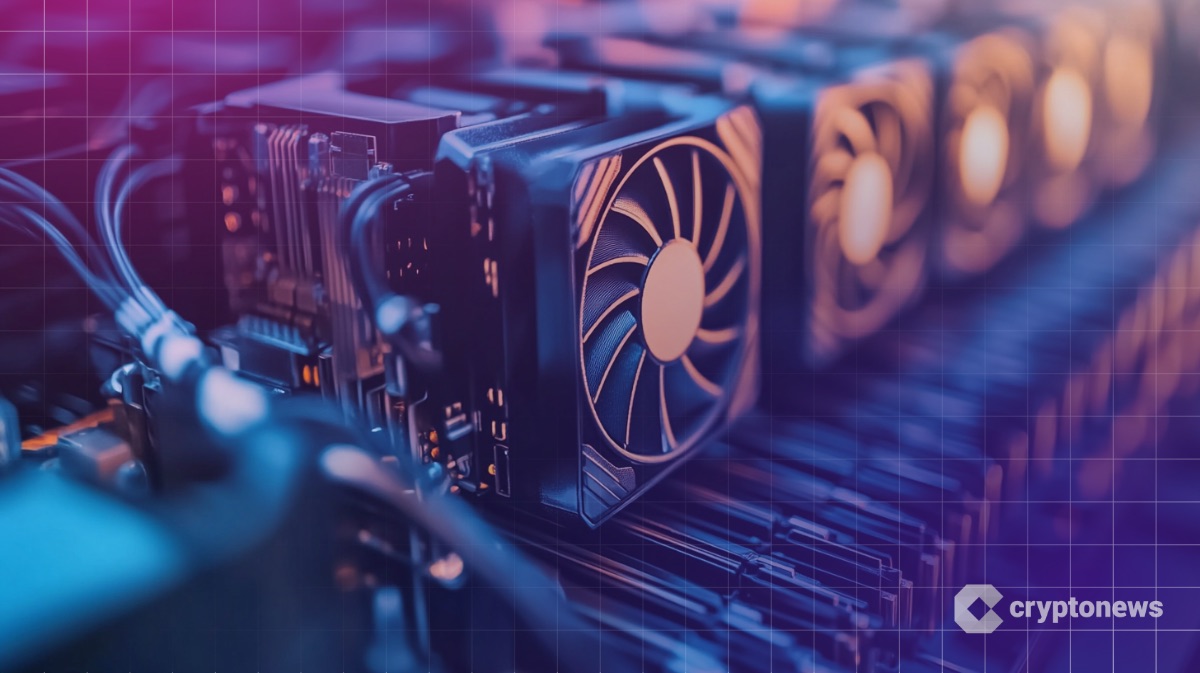Hong Kong unveils digital asset policy 2.0 to boost stablecoin use, RWA tokenization, and regulation
Hong Kong is stepping up its digital asset push with a new policy roadmap designed to scale innovation, regulation, and adoption.
On June 26, the Hong Kong government issued Policy Statement 2.0 on the Development of Digital Assets, outlining the next phase of its regulatory strategy. The update, which builds on the framework initially introduced in 2022, introduces a new “LEAP” framework designed to establish a trusted and innovation-driven digital asset ecosystem.
The initiative targets four key areas, including legal streamlining, expanding tokenized products, advancing use cases, as well as people and partnership development.
A key pillar of the framework is building unified regulation and supporting tokenized real-world assets. Hong Kong plans to establish a clear regulatory regime covering crypto exchanges, stablecoin issuers, dealers, and custodians, with the Securities and Futures Commission (SFC) overseeing the licensing process.
In parallel, the Financial Services and the Treasury Bureau (FSTB) and the Hong Kong Monetary Authority will lead a legal review to enable the use of tokenized financial instruments, including bonds, to open up new market opportunities and bring real-world assets on-chain.
Beyond regulatory structure, the government also aims to grow the tokenized asset market. Plans include making tokenized government bonds more mainstream, clarifying tax treatment for tokenized ETFs, and enabling their trading on licensed platforms. The updated policy will also extend tokenization to sectors such as gold, precious metals, and renewable energy, demonstrating how blockchain can enhance accessibility and liquidity in traditional markets.
Another core focus is encouraging adoption and industry collaboration. Regulators will move forward with the new stablecoin licensing regime, set to launch on August 1. Additionally, new use cases will be tested for stablecoin use in everyday situations, such as payments and financial services.
To support this, the government will foster collaboration between public agencies and industry players to help build the underlying infrastructure for digital assets.
On the talent front, the policy outlines efforts to position Hong Kong as a digital asset research and education hub. Authorities plan to partner with academia and industry on joint programs, global collaboration, and long-term workforce development in the sector.
Emphasizing the importance of the policy upgrade, Hong Kong Financial Secretary Paul Chan described it as a practical blueprint for boosting the local digital asset scene.
“The Policy Statement 2.0 sets out our vision for DA development and showcases the practical use of tokenisation through application, with a view to boosting the diversification of use cases, he said, adding that “it will bring benefits to both the economy and society while consolidating Hong Kong’s leading position as an international financial centre,” he said.
You May Also Like

Tether posts $4.9b Q2 profit, expands USDT supply by $20b in 2025

Blockstream launches Simplicity to bring verifiable contracts to Bitcoin
